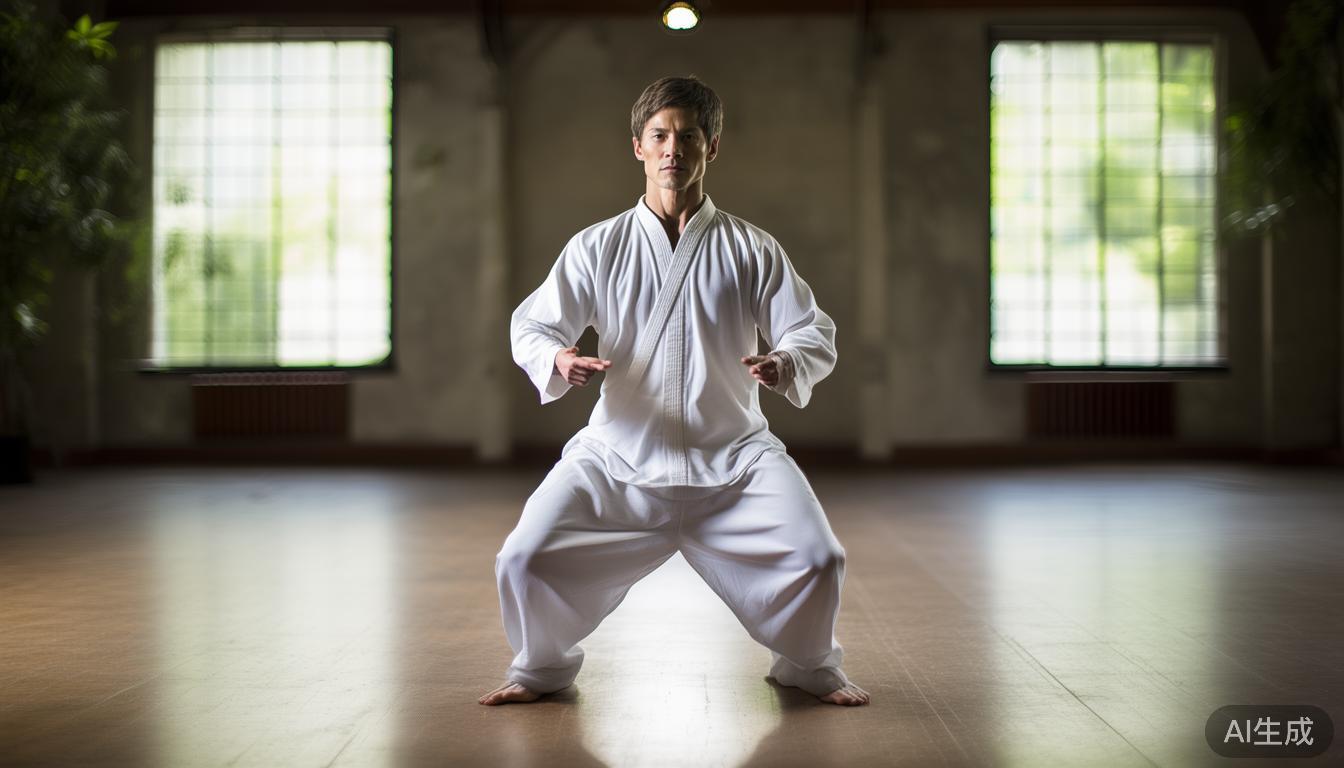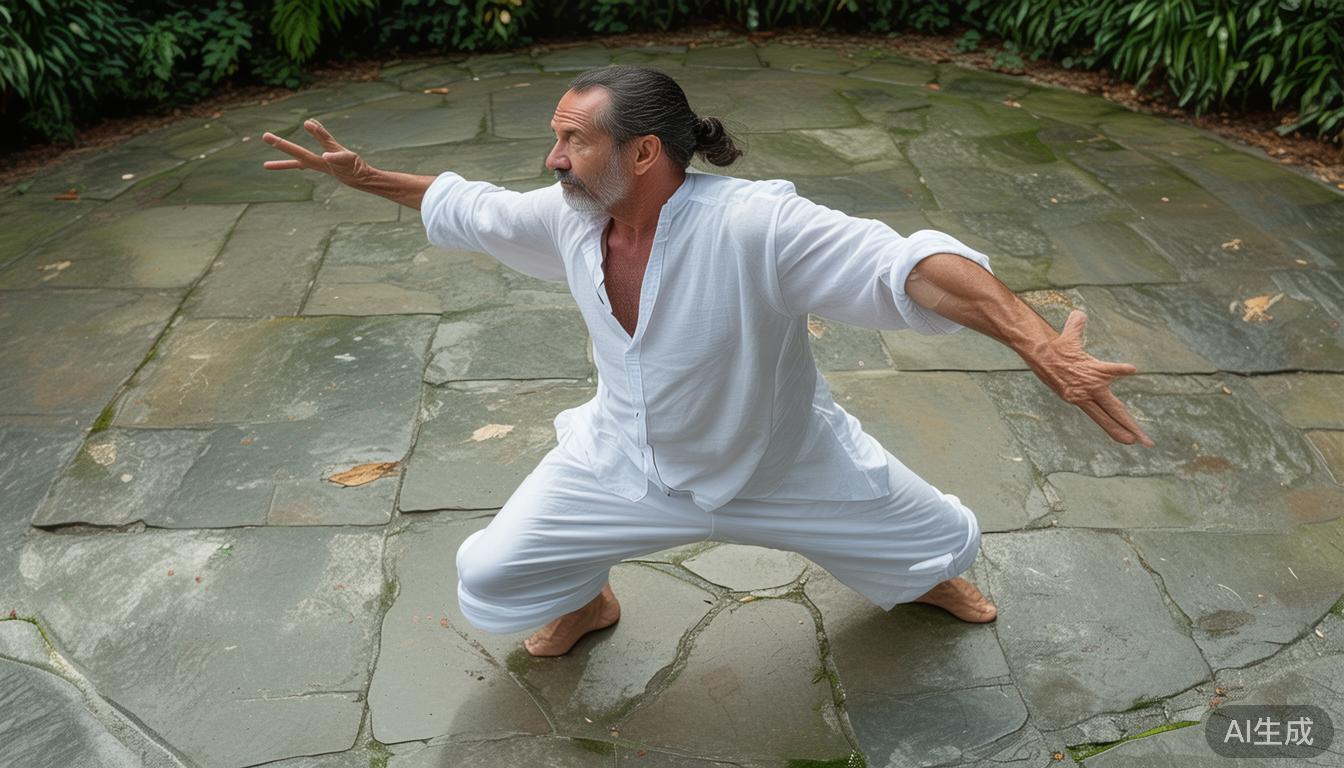Tai Chi may seem slow and gentle, but it actually contains profound philosophical thoughts and fitness value. As a beginner, it is extremely important to master the correct steps and methods, which can help you avoid injury during practice and truly enable you to realize the physical and mental balance brought by Tai Chi. When I first came into contact with Tai Chi, I started with the most basic postures. Gradually I realized how it relieved my shoulder and neck pain, allowing me to find a moment of tranquility in my busy life. Next, I will share some practical steps to help you get started smoothly.
How Tai Chi beginners prepare their practice environment
It is extremely important to choose a quiet and well-ventilated venue. The venue is preferably indoors or a flat outdoor space. Avoid practicing in slippery or noisy places. Then put on loose and comfortable clothes and flat shoes. This will allow your body to stretch freely without being restrained and affecting the smoothness of your movements. Then remember to prepare a bottle of water so that you can replenish water at any time. However, it is taboo to drink a lot of water during practice because it will interfere with the rhythm of breathing. I often start practicing in the park in the early morning, with the breeze blowing gently and the sound of birds singing. Such an environment can allow you to enter the state faster, and then feel the effect of integrating the mind and body.
Before starting, carry out simple warm-up activities, such as rotating joints, or walking slowly for a few minutes, so as to prevent muscle strains. In terms of mentality, you should lower your expectations and don't rush for success. Tai Chi is an art that requires patience and accumulation, just like planting a tree. Only by nourishing slowly can the roots become deep and the leaves can flourish.
How to practice the basic postures of Tai Chi

First of all, the standing posture that is the foundation of Tai Chi should start from the "Wuji Pose". The feet should be shoulder-width apart, the knees should be slightly bent, and the center of gravity should sink. You have to imagine yourself like a tree rooted in the earth. The hands should hang down naturally, the shoulders should be relaxed, and the breathing should be even and deep. Maintain this posture for a few minutes to feel the surge of air in the body. Then, to transition to the "starting position", the arms should be slowly raised to the chest position, and then gently press Tai Chi And Arthritis , repeating this familiar movement rhythm many times. During this process, it should be noted that the waist needs to drive the arms, rather than just using the hands to exert force. Only in this way can the coordination of the whole body be mobilized.
Consider common mistakes of leaning your knees too far forward and bending your back, which will put great pressure on the joints. During Tai Chi For Diabetes practice, check your posture in the mirror, or try to ask a friend to help give guidance. When I first started learning, I couldn't help but want to shrug my shoulders. Later, I found the feeling of relaxation through repeated adjustments – you must remember that any soft place is more powerful than a stiff place.
How Tai Chi beginners master the coordination of breathing and movements
The soul of Tai Chi lies in breathing. Its basic principle is "inhale and exhale". Inhale when raising your arms and exhale when lowering them. You need to let the breath and movements blend naturally like water flow. At the beginning, you can practice breathing alone, sit or stand still, and focus on the rhythm of one breath and one breath. Then gradually combine it with simple movements like "Cloud Hands". In this movement, you inhale to accumulate strength when drawing a circle with your hands, and exhale to exert force when pushing out. This can help you experience the generation of internal energy. Don't worry about incoordination. With more practice, muscle memory will be formed.
I recommend spending 10 to 15 minutes here every day in a focused state. Slowly you will find that your breathing becomes deeper and your anxiety decreases. Tai Chi is not an external demonstration, but an internal conversation. When you gradually integrate your breath into every turn and movement, you will be able to experience the flow of energy that continues and will not be interrupted.

How to avoid common injuries during Tai Chi practice
It is very easy for first-time learners to injure their knees or waist due to incorrect posture. The key is to maintain a stable center of gravity and prevent excessive squatting or forward leaning. For example, in a "lunge", the front knee cannot go past the toes, and the back leg can be straightened less straight to spread the pressure. If you feel pain in your joints, rest immediately and adjust your movements. Tai Chi emphasizes "conquering hardness with softness", and forcing force will only have the opposite effect. In addition, gradually increase the practice time in a certain order, starting from 10 minutes a day to allow the body to adapt.
I have seen many people who have injured themselves due to their pursuit of beauty. In fact, the true meaning of Tai Chi is that the process is not the result. If you can find a partner to practice together, remind each other, or record the video for self-examination and review, this can effectively reduce risks. Remember, you need to listen carefully to the sounds your body makes. It understands your limits better than any tutorial. That's the truth.
I hope that through these steps, you will gain physical fitness and mental peace in your Tai Chi journey. What is the biggest challenge you encounter during practice? Welcome to share your thoughts in the comment area. If you find this article helpful, please like it and forward it to more friends.


